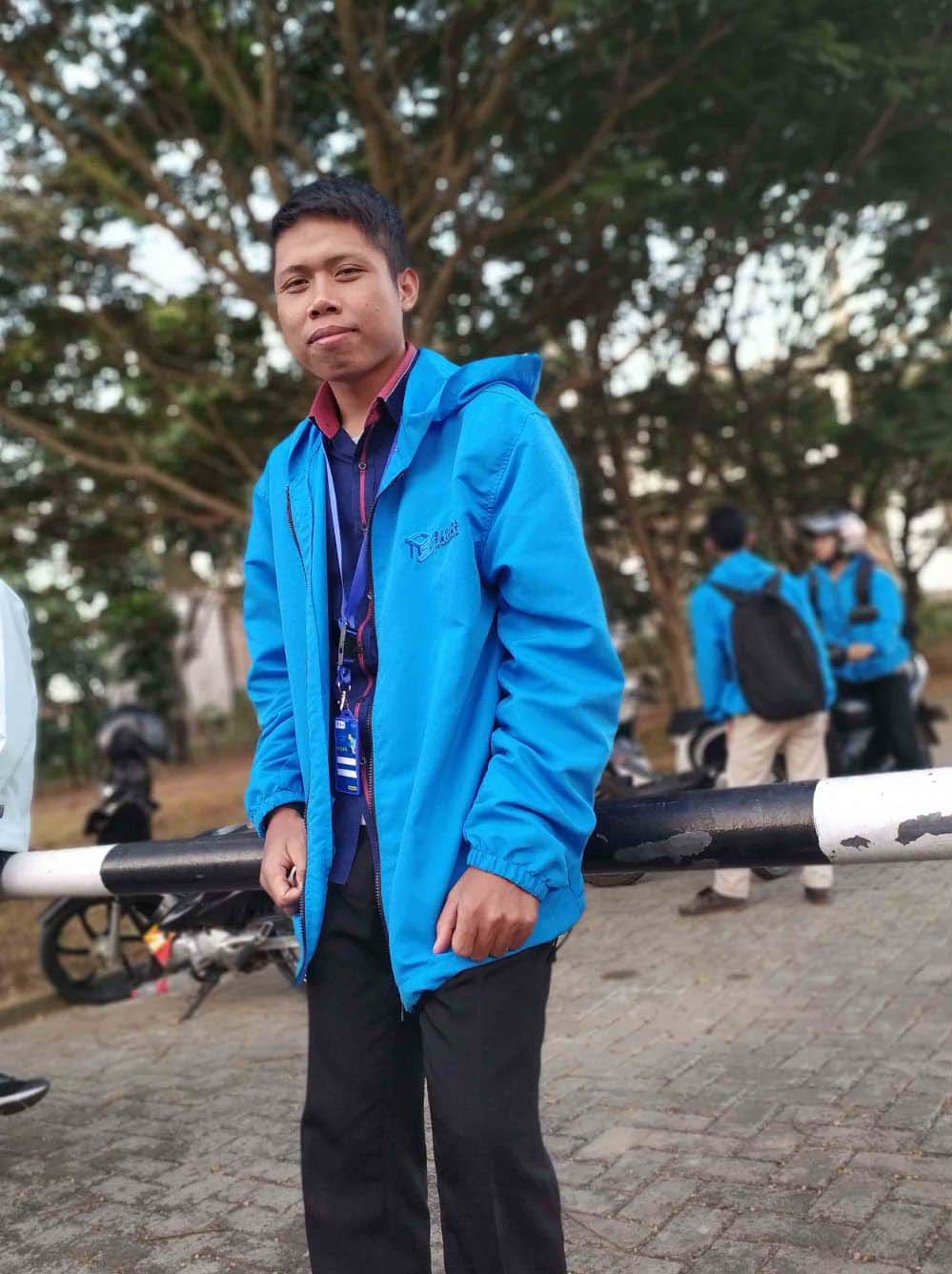
Becoming a creative designer is an exciting journey that combines artistic talent, technical skills, and strategic thinking. Whether you’re just starting out or looking to enhance your existing skills, this comprehensive guide will help you navigate the path to becoming a successful creative designer.
Understanding Creative Design
Creative design is more than just making things look pretty. It’s about solving problems through visual communication, understanding user needs, and creating meaningful experiences. A creative designer combines aesthetics with functionality to deliver solutions that resonate with audiences.
Essential Skills for Creative Designers
1. Design Fundamentals
- Color Theory: Understanding how colors work together and their psychological impact
- Typography: Mastering font selection, hierarchy, and readability
- Layout Principles: Learning balance, contrast, alignment, and white space
- Composition: Creating visually appealing arrangements of elements
2. Technical Skills
- Design Software: Proficiency in tools like Adobe Creative Suite, Figma, or Sketch
- Digital Tools: Understanding digital workflows and collaboration platforms
- Prototyping: Creating interactive mockups and prototypes
- File Management: Organizing projects and assets efficiently
3. Creative Thinking
- Problem Solving: Approaching design challenges with innovative solutions
- Research Skills: Understanding target audiences and market trends
- Concept Development: Generating and refining creative ideas
- Adaptability: Staying current with design trends and technologies
Building Your Design Portfolio
Your portfolio is your most important tool as a creative designer. It showcases your skills, style, and problem-solving abilities to potential clients or employers.
Portfolio Essentials:
- Diverse Projects: Show a range of work across different mediums
- Process Documentation: Include sketches, wireframes, and development stages
- Case Studies: Explain your design decisions and problem-solving approach
- High-Quality Images: Ensure all work is presented professionally
Career Paths in Creative Design
1. Graphic Designer
Focus on creating visual content for print and digital media, including logos, brochures, and marketing materials.
2. UI/UX Designer
Specialize in user interface and user experience design for websites and applications.
3. Brand Designer
Develop comprehensive brand identities, including logos, color palettes, and brand guidelines.
4. Illustrator
Create custom illustrations for books, magazines, advertising, and digital media.
5. Art Director
Lead creative teams and oversee the visual direction of projects and campaigns.
Developing Your Creative Process
1. Research and Discovery
Understand the project requirements, target audience, and competitive landscape.
2. Ideation and Sketching
Generate multiple concepts and explore different approaches through sketching.
3. Design and Refinement
Create digital mockups and iterate based on feedback and testing.
4. Presentation and Delivery
Present your work professionally and prepare files for production.
Staying Inspired and Growing
Continuous Learning
- Follow design blogs and industry publications
- Attend workshops and conferences
- Join design communities and forums
- Practice regularly with personal projects
Building Your Network
- Connect with other designers and creative professionals
- Participate in design challenges and competitions
- Share your work on social media and design platforms
- Seek mentorship from experienced designers
Tools and Resources
Essential Software
- Adobe Creative Suite: Industry standard for professional design
- Figma: Collaborative design tool for UI/UX work
- Sketch: Popular choice for digital design
- Canva: User-friendly option for beginners
Learning Resources
- Online Courses: Platforms like Skillshare, Udemy, and Coursera
- Design Books: Classics like “The Design of Everyday Things” by Don Norman
- Tutorials: YouTube channels and design blogs
- Practice Projects: Daily design challenges and prompts
Overcoming Common Challenges
1. Creative Block
- Take breaks and seek inspiration from different sources
- Work on personal projects to reignite passion
- Collaborate with other creatives
2. Client Feedback
- Learn to interpret and implement feedback constructively
- Develop strong communication skills
- Build confidence in your design decisions
3. Staying Current
- Follow industry trends and emerging technologies
- Experiment with new tools and techniques
- Maintain a curious and open mindset
Conclusion
Becoming a creative designer is a rewarding journey that requires dedication, continuous learning, and passion for visual communication. By developing strong foundational skills, building a compelling portfolio, and staying connected to the design community, you can create a successful career in creative design.
Remember that every great designer started as a beginner. Focus on progress over perfection, embrace feedback as a learning opportunity, and never stop exploring your creative potential.
“Design is not just what it looks like and feels like. Design is how it works.” – Steve Jobs
The creative design industry is constantly evolving, offering endless opportunities for growth and innovation. Whether you choose to specialize in a particular area or become a versatile generalist, the key to success lies in your commitment to learning, your ability to solve problems creatively, and your passion for creating meaningful visual experiences.
Creative Design Process

The creative design process involves multiple stages, from initial research and ideation to final execution and delivery. Each stage requires different skills and approaches, making the journey both challenging and rewarding for aspiring designers.
As you embark on your creative design journey, remember that success comes from a combination of technical skills, creative thinking, and professional development. Stay curious, keep practicing, and never stop learning from the world around you.




Comments